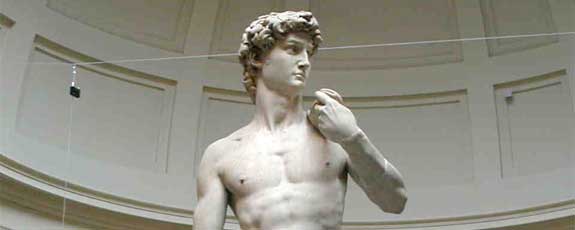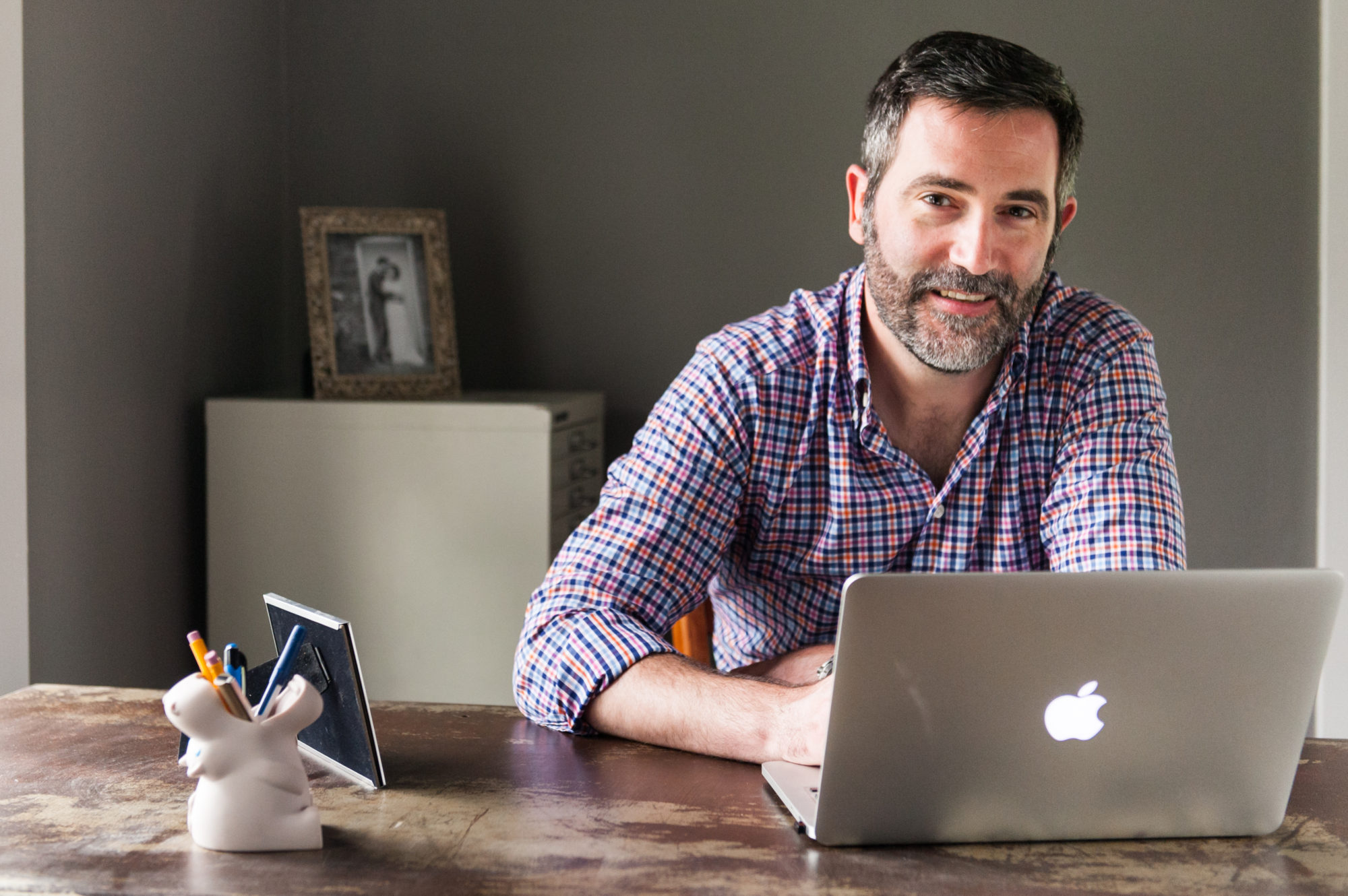
We’ve all heard that catchphrase and frankly, I think it gets a bad rap. Maybe it’s because when the word ‘fake’ is applied to things it usually means a cheap or low quality knockoff. And fake people are phony or superficial. So fake as a descriptor isn’t exactly a ringing endorsement.
I think that’s missing the point though. There was a theory developed and popularized by Dr. Anders Ericsson that suggests it takes about 10,000 hours of practice to become expert at something. That’s almost five years of full-time work. Achieving expertise is a long term commitment. So what does that process look like?
The statue David wasn’t Michelangelo’s first attempt at sculpture. His father owned a marble quarry and he spent extended periods of his early life living with a stonecutter. He went on to study sculpture under di Giovanni, another famous sculptor in his time.
Aside from a brief history lesson, the point is that David didn’t happen overnight. In fact the statue itself took over two years to carve. In order to achieve that level of skill, Michelangelo devoted himself to it. He lived and breathed it. He studied with the masters of his time. He learned their technique. And he copied it. Yes, copied it.
“Fake it ‘til you make it” isn’t supposed to be about being phony or pretending to be something that you’re not. It’s about observing people who are expert at something or who have traits or achievements you admire. Then reproducing the techniques and habits they’ve developed that got them there. Copy the experts until you know the ins and outs. Then you can use that understanding to find your voice and make the work your own. And there’s nothing fake about that.
